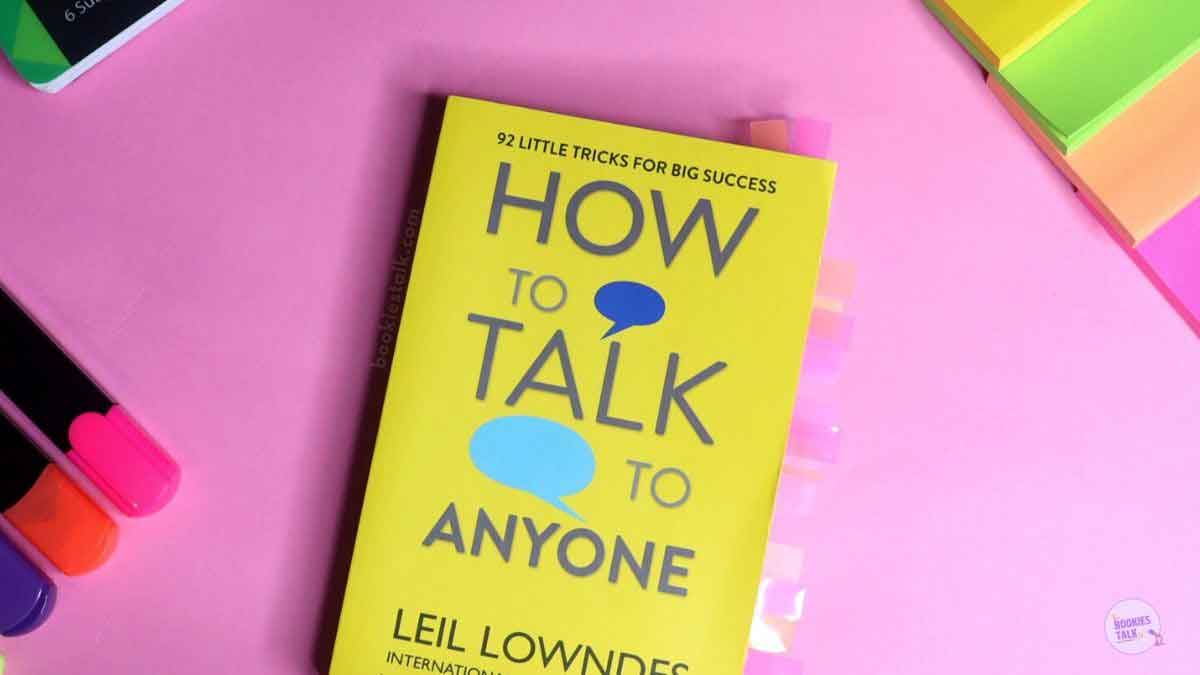In the realm of self-help literature, there are few titles as enduring and impactful as Dale Carnegie's "How to Win Friends and Influence People." Published in 1936, this book has stood the test of time, offering timeless wisdom on the art of human interaction. Its principles are as relevant today as they were when first penned, for they delve into the very essence of human nature and social dynamics. Dale Carnegie's book is a roadmap to building better relationships, enhancing communication, and influencing others in a positive way. Join us as we embark on a journey to uncover the key principles that have guided countless individuals toward personal and professional success, all encapsulated within the pages of this enduring classic.
Fundamental Techniques in Handling People:
1. Don't criticize, condemn, or complain: Avoid criticizing or condemning others as it only makes them defensive. Instead, provide constructive feedback.
2. Give honest and sincere appreciation: Show genuine appreciation for others' efforts and qualities. People thrive on recognition.
3. Arouse in the other person an eager want: Understand others' needs and desires, and align your requests or proposals with what they want.
Six Ways to Make People Like You:
4. Become genuinely interested in other people: Show a sincere interest in others and listen actively to what they have to say.
5. Smile: A simple smile can go a long way in creating a positive impression and making others feel at ease.
6. Remember that a person's name is to that person the sweetest sound: Using someone's name in conversation makes them feel important and valued.
7. Be a good listener: Encourage others to talk about themselves and their interests. People appreciate being heard.
8. Talk in terms of the other person's interest: Tailor your conversations to topics that interest the other person.
9. Make the other person feel important – and do it sincerely: Acknowledge and appreciate the importance of others in your life.
Win People to Your Way of Thinking:
10. The only way to get the best of an argument is to avoid it: Instead of arguing, try to find common ground and resolve disagreements amicably.
11. Show respect for the other person's opinions: Even if you disagree, respect their viewpoint and acknowledge the validity of their perspective.
12. If you're wrong, admit it quickly and emphatically: Honesty and humility in admitting your mistakes can build trust.
13. Begin in a friendly way: Start conversations and interactions in a positive and friendly manner to set the tone.
14. Get the other person saying 'yes, yes' immediately: Encourage agreement and build rapport by having the other person say "yes" to small requests.
15. Let the other person feel that the idea is theirs: People are more likely to be enthusiastic about an idea if they feel it's their own.
16. Try honestly to see things from the other person's point of view: Understand the perspective of others to find common ground and empathy.
17. Be sympathetic with the other person's ideas and desires: Show empathy and support for others' aspirations.
18. Appeal to the nobler motives: Inspire and motivate by appealing to the higher values and principles of others.
19. Dramatize your ideas: Present your ideas in an engaging and memorable way.
20. Throw down a challenge: Encourage others to rise to a challenge, inspiring them to action.
Be a Leader: How to Change People Without Giving Offense or Arousing Resentment:
21. Begin with praise and honest appreciation: Start by acknowledging and appreciating the individual's positive qualities or contributions.
22. Call attention to people's mistakes indirectly: Instead of pointing out errors directly, suggest improvements or alternatives subtly.
23. Talk about your own mistakes before criticizing the other person: Be open about your own shortcomings before discussing someone else's.
24. Ask questions instead of giving direct orders: Encourage collaboration and problem-solving by asking questions.
25. Let the other person save face: Avoid embarrassing others or making them feel defensive.
26. Praise the slightest improvement and praise every improvement: Recognize and appreciate even small steps in the right direction.
27. Give the other person a fine reputation to live up to: Encourage people to fulfill their potential by having high expectations for them.
28. Use encouragement. Make the fault seem easy to correct: When addressing faults or issues, provide guidance and make the solution seem achievable.
29. Make the other person happy about doing the thing you suggest: Align your suggestions with the person's goals and desires, so they feel motivated to act.
30. Summary: Be a Leader - How to Change People Without Giving Offense or Arousing Resentment: The final principle emphasizes the importance of positive leadership and fostering a sense of empowerment in others.
As we conclude our journey through the wisdom of Dale Carnegie's "How to Win Friends and Influence People," we find ourselves equipped with a set of principles that transcend generations and remain invaluable in our quest for more meaningful connections and greater influence. Carnegie's insights serve as a compass, guiding us through the intricate terrain of human interaction, reminding us that genuine appreciation, active listening, and empathy are not just strategies but the building blocks of authentic relationships. By practicing the timeless art of making friends and influencing people, we open doors to personal and professional growth, paving the way for success, one genuine connection at a time. So, as you put these principles into action, may you find yourself on a journey filled with enriching relationships and the fulfillment of your aspirations.
Thank you for reading...



.jpeg)
.jpeg)

















.jpeg)
.jpeg)

.jpeg)

.jpeg)



















